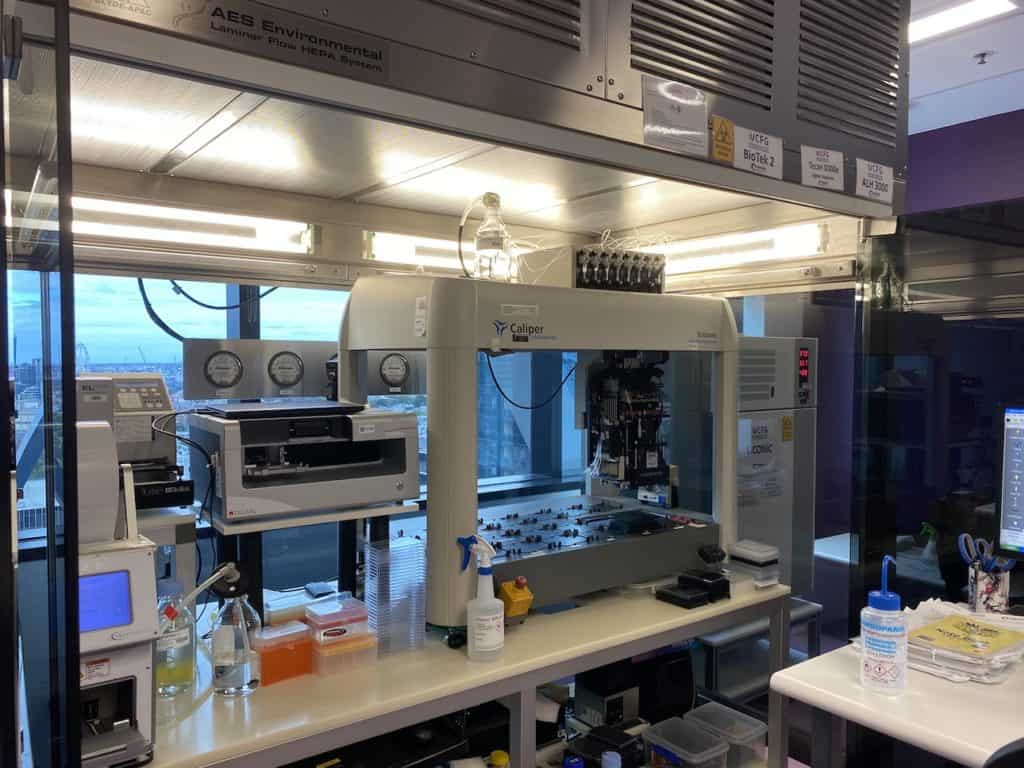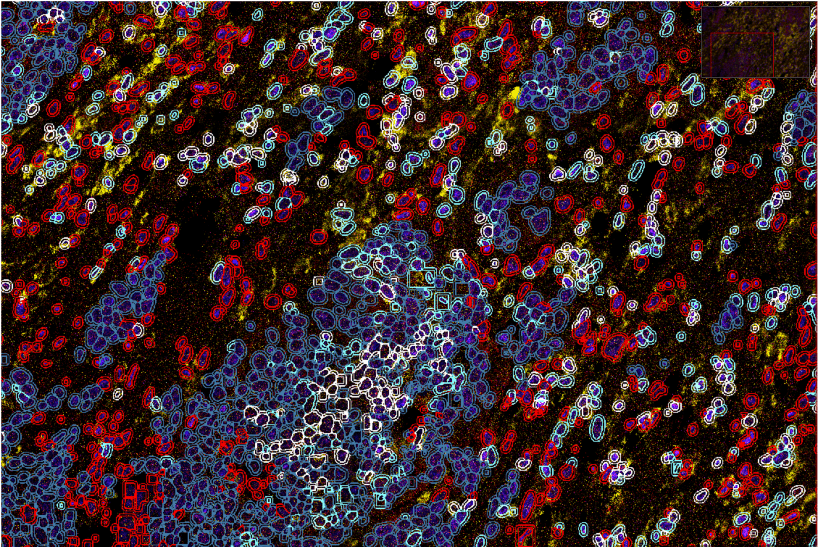There is no shortage in innovative healthcare research projects that are currently being undertaken by teams of experts across Melbourne’s many hospitals, research institutes and universities.
But making collaboration between these diverse teams as easy as possible is critical unlocking the full capabilities in the emerging field of multi-omics research.
Associate Professor Kaylene Simpson, head of the Victorian Centre for Functional Genomics at the Peter MacCallum Cancer Centre and Chair of the MACH Omics committee, says a huge variety of projects are possible.
“Multi-omics projects, combining fields such as genomics, metabolomics and transcriptomics, need a wide range of expertise and equipment to undertake.
“Melbourne has everything needed to be a leader in multi-omics research, provided that everyone is aware of the full capabilities of what is possible.”
Building these connections is the goal of a new directory of resources developed by the MACH Omics group that is now available to access.

Potential of omics
Each of the omics – epigenomics, genomics, metabolomics, microbiomics, lipidomics, proteomics and transcriptomics – is a fully-fledged area of research that requires significant investments in both technology and people to undertake.
Multi-omics research, a field that has seen significant development over the last several years, takes data from two or more of these branches to search for new identifiable aspects of disease, biomarkers and avenues for study.
“Around the world we’re seeing a major increase in the number of multi-omics projects that are being undertaken, including here in Melbourne,” says Simpson.
“What we are building is an environment where researchers who want to undertake this work, especially across the fields of cancer, rare diseases and infectious diseases, know the full capabilities of what is available in Melbourne.”
To encourage this collaboration, the MACH Omics group has developed the MACH Omics Directory.
The centralised directory, which is freely accessible online, provides a searchable database of the capabilities and resources available in omics across the research facilities and universities affiliated with MACH.
Researchers can sort the directory by equipment, capability, organisation and individual omics area.
Each listing includes a detailed explanation of the capabilities of each facility are, the equipment available, how to go about accessing it.
“We hope that this directory will inspire researchers to think about how they might work together and collaborate on new projects,” says Simpson.
Multi-omics work across MACH partners
There are already several multi-omics projects being supported by the MACH Omics group that illustrate both the potential and capability of the expertise on offer across MACH partners.
Associate Professor Marie-Liesse Asselin-Labat, Joint Division Head of Personalised Oncology at WEHI, is leading a project looking for new ways to improve responses to immunotherapy among lung cancer patients by looking at the communication between tumour and immune cells.
The project takes a spatial multi-omic approach combining spatial proteomic, transcriptomics and genomics analyses of non-small cell lung cancer samples.
Associate Professor Sarah Dunstan, Senior Research Fellow at the Doherty Institute, is leading a separate project looking for a method to identify the between 5 and 10% of people who develop Tuberculosis (TB) after being infected with the Mycobacterium tuberculosis bacteria.
Dunstan and her team are using multi-omic data from bio-banked TB samples to identify both diagnostic and predictive biomarkers of the disease.
“Identifying predictive markers that distinguish recent infection and those at greatest risk of future disease, could be a game changer for TB control,” says Dunstan.
“The critical mass of expert clinicians and scientists in Melbourne, as well as the available technological infrastructure, make us well positioned to capitalise on the opportunities of multi-omics research.”
And Professor David Thorburn, co-Group Leader of Brain & Mitchondrial Research at the Murdoch Children’s Research Institute, is combining genomics, RNAseq and proteomics to improve how inherited rare diseases are diagnosed.
“Genomics has transformed diagnosis of thousands of rare diseases, but we still only get a diagnosis for half the patients we suspect,” says Thorburn.
“Adding in multi-omics means we can test thousands of RNAs and proteins too, and reach for the goal of diagnosing every patient with a rare disease.
“Individual omics technologies are already providing major insights into health and disease but we are just on the cusp of true computational integration of multi-omics, which will take the impact to another level entirely.”
Simpson says that for researchers looking to undertake similar projects, particularly if their home institution does not have the full capabilities they need, can use the MACH Omics Directory identify potential opportunities for collaboration. “We’re hopeful that the directory will help people think of ambitious new projects that are not possible to undertake on their own.”
MACH’s Omics Group is hosting the Multi-Omics in Action Webinar on Friday 19 August, 2022. Register below to hear about the exciting multi-omic and multi-institutional approaches to addressing rare disease, cancer and infectious disease from leading MACH partner researchers.

MACH Multi-Omics in Action Webinar
This webinar will showcase an exciting multi-omic and multi-institutional approach to addressing rare disease, cancer and infectious disease from leading MACH partner researchers. A panel session allows for interactive discussion.
WHERE: Online
WHEN: Friday 19th August 2022 11:30am-1:00pm

